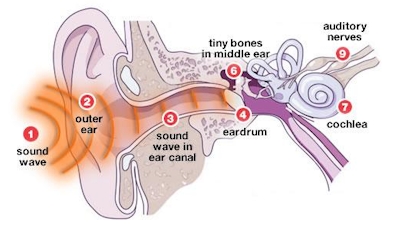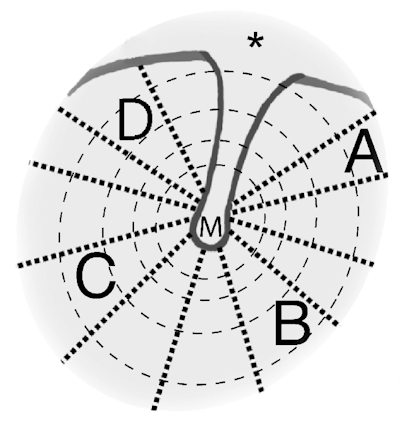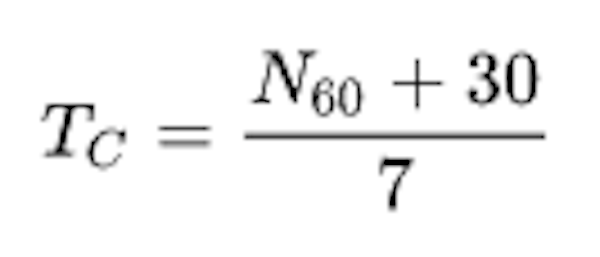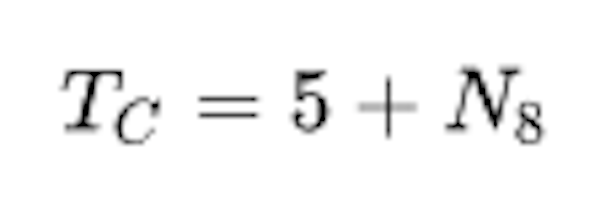Welcome back to PRISM, the SCISOC newsletter! We hope you have had a wonderful flexi-week rest! In this fortnight's newsletter, we present to you another exciting SCISOC x OPM Easter Party, and our newly revamped SCISOC Website! In our Science News, we explore a new fabric that can hear your heartbeat? Finally, in our Fun Corner, following from last fortnight's newsletter, SCISOC Sleuths are back again to debunk common myths! |
|
|
SCISOC x OPM Presents: Easter Party Missed out on or loved OPM? We’re running it back just in time for  Easter Thursday  Come down to OPM next  THURSDAY 14th  of April to continue the good vibes. |
|
|
SCISOC's New Website! With a great, consistent effort by the Marketing and IT/Publications portfolio, we proudly present to you the new and refreshed SCISOC website! Come and take a look at our fresh new website and what it has to offer. If you're planning to bring ideas to life like this, we strongly encourage you to apply for the IT/Pubs subcommittee! |
|
|
A new fiber acts as a microphone picking up speech, rustling leaves and chirping birds and can turn these acoustic signals into electrical ones. Woven deep into a fabric, the material can hear handclasps and faint sounds such as its wearer’s heartbeat. These fabrics could provide a future for comfortable, non-intrusive ways to monitor body functions or aid those with hearing impairments. |
|
|
Acoustic fabrics have been around for hundreds of years. These include - fiberglass, rock wool and heavy curtain blankets - but their uses have been limited to dampening sound. Wei Yan, a materials scientist at Nanyang Technological University in Singapore who worked with this fabric while at MIT states that using fabric as a microphone is “ totally a different concept”. Yan and his colleagues drew inspiration from the human eardrum as sound waves cause vibrations in the eardrum which are converted to electrical signals by the cochlea. |
| Fig 1: Structure of the ear |
|
|
Fig 2: Long dashed curves represent the proposed collagen concentric rings in the tympanic membrane. |
| In the eardrum’s inner layers, collagen fibers radiate from the center, while others form concentric rings. The crisscrossing of these fibers plays a role in hearing and resembles a shape similar to fabrics that humans weave. Similar to what occurs in an eardrum, sound vibrates fabric at a nanoscale. In the new fabric, cotton fibers and fibers from a stiff material called Twaron efficiently convert incoming sound to vibrations. Woven together with these threads is a single fiber that contains a mix of piezoelectric materials which produce a voltage when mechanical force is applied i.e. when pressed or bent. The buckling and bending of the piezoelectric-containing fiber create electrical signals that can be sent through a small circuit board to a device that reads and records the voltage. |
|
|
It is reported that the fabric microphone can detect a range of noise levels, from a quiet library to heavy traffic though the team is trying to investigate what signal processing is needed to untangle target sounds from ambient noise. Integrated into clothing, this sound-sensing fabric has the ‘same feel as regular fabric’, Yan says. After 10 washes of clothing containing the sensing fabric, the microphone still performed well! Piezoelectric materials could potentially be used to observe the function of bodies to monitor the integrity of aircraft materials. By using this fabric in a shirt, they were able to mimic somewhat the effect of a stethoscope - picking up the sounds of the wearer's heartbeat. If research is successfully pursued, the fabric microphone could one day listen for murmurs and provide information similar to an echocardiogram. |
|
|
Some other applications like being used for energy generation have been proposed, though with the tiny voltages they produce this is currently not viable. By sandwiching a blend of piezoelectric materials between other components, including a flexible, stretchy outer material - all the energy from the vibrations is concentrated into the piezoelectric layer, enhancing the signal it produces. “For the past 20 years, we’ve been trying to introduce a new way of thinking about fabrics” Fink states. Beyond beauty and warmth, the fabric may be able to help solve our technological issues. |
|
|
Last fortnight, SCISOC’s Sleep-Busters debunked 5 common myths about sleep! This week, the SCISOC Sleuths break down common weather myths and the real science behind some of these meteorological phenomena. |
|
|
Can Lightning Strike the Same Place Twice? Yes, it often does strike the same spots repeatedly! While the odds of it striking a place twice are rare given the sheer surface area of an area where it is occurring, it can still happen, especially with tall, isolated objects or buildings. In fact, the Empire State Building is hit anywhere between 25 to 100 times a year. |
| |
|
Does Alcohol Really Warm Up Your Body In Cold Weather? Contrary to popular belief, it, unfortunately, does not. Alcohol is a vasodilator, meaning that it causes your blood vessels to dilate i.e. the smooth muscles in the walls of arteries or large veins relax, which widens them and leads to an increase in blood flow. When drinking, the volume of blood brought to the surface of your skin increases, hence the warmth in your face and body when you consume alcohol. This, however, overrides one of your body’s ability to constrict your blood vessels to minimise blood flow to the skin and keep your core body temperature up instead. As a result, the warmth felt from consuming the drink from the blood in your skin will not only cause you to sweat and decrease your temperature further but will chill quickly due to the weather and you will not notice it. Hence, it makes it quite dangerous to drink alcohol in cold weather. |
|
|
| Is Heat Lightning a Real Thing? Heat lightning is incorrectly believed to be a specific type of lightning that occurs when we see flashes of lightning in the sky that isn’t accompanied by any sound of thunder. You might’ve noticed this happening on a warm summer night or when highly-electrified sea breeze storms get going. The truth is that these occurrences just happen to be produced by a distant thunderstorm, where the light is reflected off of clouds allowing it to be seen by us. However, we can’t hear the accompanying thunder simply because it’s so far away as the sound of thunder typically travels around 340 metres per second. |
|
|
Can Your Sore Joints tell the Weather? You might recall a time when your grandma would say that she knew that it was about to rain or storm because her knees were starting to feel pain. Although there have been numerous studies about whether sore joints can really tell the weather, it’s hard to pinpoint how true this is because there are many factors that come into play. For example, it’s been determined that there exists a connection between barometric pressure (air pressure) and joint pain. However, when the weather changes there are also other atmospheric conditions that need to be accounted for such as humidity and temperature which also affect the body. This is where it becomes difficult to fully understand whether sore joints can accurately tell the weather, and the condition of these joints for them in order to do so (e.g. arthritis may mean joints are more strongly affected by a sudden change in weather). |
|
|
Can a Cricket Tell you the Current Temperature? Crickets can in fact tell us the current temperature and it’s derived from a formula known as Dolbear’s Law which utilises counting the number of cricket chirps. The reason why is that crickets are cold-blooded and take on the temperature of their surroundings. Their muscles contract to produce chirping which is based on chemical reactions. Therefore, the warmer the temperature, the easier it is for a cricket’s muscles to activate, increasing the number of chirps. On the other hand, the cooler the temperature, the cricket will chirp less frequently due to a slower reaction rate. This was first publicised back in 1897, when a scientist by the name of Amos Dolbear published an article “The Cricket as a Thermometer” which identified the correlation between the ambient temperature and a cricket’s rate of chirping. In this article is where you can also find Dolbear’s Law, which is expressed as below: |
|
|
The formula on the left is how you can calculate the current temperature in Celsius when counting the number of cricket chirps within 60 seconds. A shortcut to this is the image on the right, which is to calculate the number of cricket chirps in 8 seconds and add 5 to that. |
|
|
UNSW Science Society is proud to announce our continued partnership with GradReady through 2022. GradReady provides GAMSAT Preparation courses for anyone looking to pursue Medicine after they graduate.
This process starts earlier than you think, so if you’re studying medical science or just have that passion, check out what they have to offer! |
|
|
| |

















